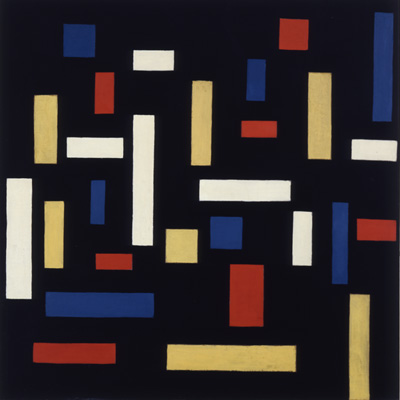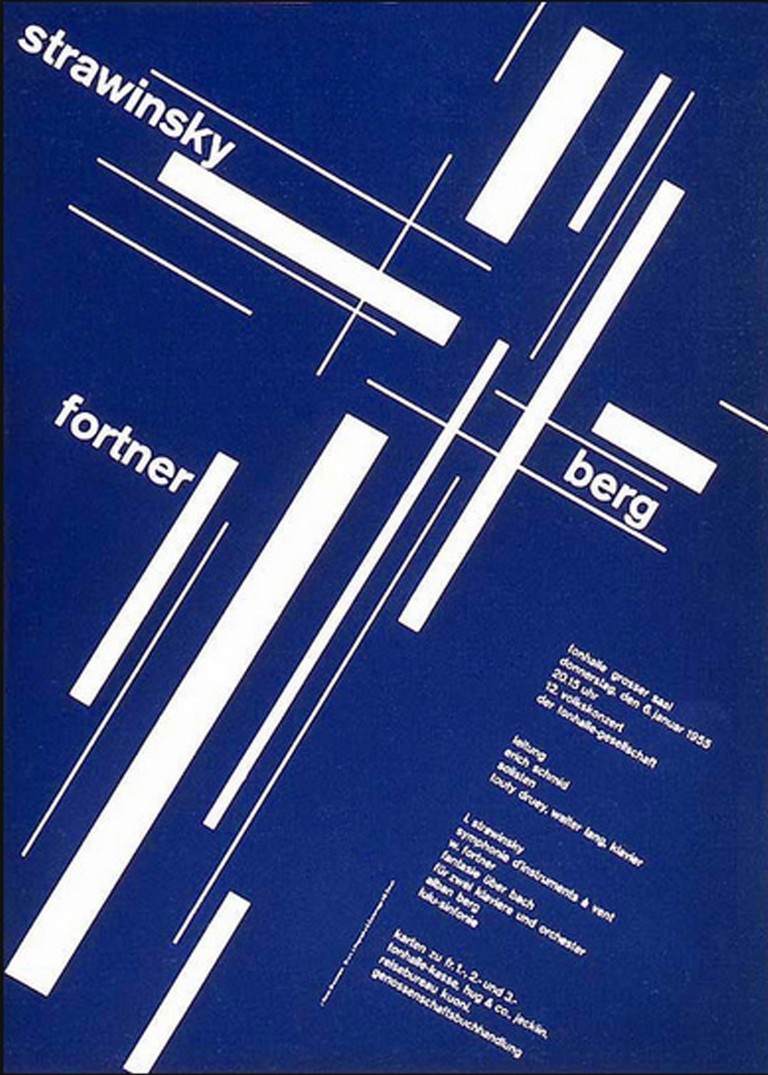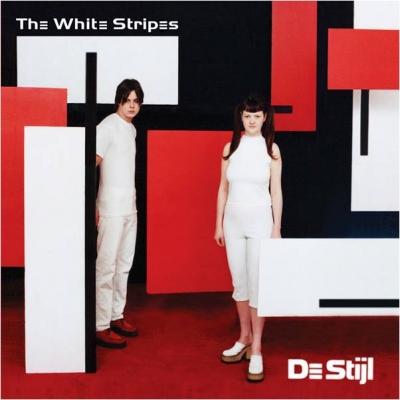De Stijl was a dutch movement that had spawned in 1917, it was a group of architects, sculptors and painters. The people who were the main characters who had formed it were Theo Van Doesburg and Piet Mondrian and architect Gerrit Reiveld.
It was strongly influenced by Cubism and it’s abstract simple shapes.
The movement was a reaction to World War 1 and the need to reform society and this movement had principles of social and spiritual redemption to make up for what happened after the war and they thought this was their answer.
The movement also was a reaction to the Baroque and Art Nouveau’s in the Netherlands due to the fact that the artists had thought it to be far too over-decorative and fussy and they wanted to simplify and abstract their work. They wanted to create something that reflected modern day life and rejected the flowy curves to more straight lines and geometric forms.

The principles were more about form and function which made de stijl look very minimalist and abstract compared to other art movements. They had reduced the amount of colours and only used the primary colours such as yellow, red and blue and black and white were exceptions to the style.

De stijls principles were based on a grid layout with vertical and horizontal lines that did or didn’t intersecting each other and also using squares and triangles arranged in a vertical/horizontal layout to convey abstract simplicity with rectilinear forms as can be seen in the images above. There is also a relationship of positive and negative space always found in De stijl paintings.
De Stijl Influencing Bauhaus
De stijl influenced the school of design called Bauhaus because one of the main leaders who was Theo Van Doesburg and various artists in the group had also taught at the design school so obviously the influence of De stijl had come into play at the Bauhaus school of design. The elements of form follows function and the geometric principles had influenced a lot of the bauhaus architecture and art and this also carried on to what was called the International style.
As you can see above in the Bauhaus posters there are obvious influences of De stijl with the colour scheme of the posters with primary colours and black and white which are present in the posters. Then there’s also the vertical and horizontal lines present which convey the principles of De stijl as well.
De Stijls Influence on Graphic Design and Present Modern Day.

This is a modern example of De Stijls influence as it is a concert poster. It has horizontal and vertical rectilinear lines that are criss-crossing each other showing elements of De Stijl along with the colour scheme which is just blue and white which are a minimalist simplified colours. The design layout does not completely follow De stijls principles but it has certain nuances.

This is an album cover for the White Stripes where they called their name quite aptly De Stijl. As you can see this is purely De Stijl with rectilinear forms such as vertical and horizontal rectangles, squares and lines of shapes. There is positive and negative space with using the 3 colours typically used from De Stijl present in this album cover which is Red, White and Black. This album cover screams De stijl on it and shows to be that even now De stijl is still influencing us in Modern Day graphic design.
De Stijl Movement, Artists and Major Works | The Art Story. 2016. De Stijl Movement, Artists and Major Works | The Art Story. [ONLINE] Available at: http://www.theartstory.org/movement-de-stijl.htm. [Accessed 03 February 2016].
De Stijl : Design Is History. 2016. De Stijl : Design Is History. [ONLINE] Available at:http://www.designishistory.com/1920/de-stijl/. [Accessed 03 February 2016].
De Stijl: Dutch Abstract Art Group: Characteristics, History, Manifesto. 2016. De Stijl: Dutch Abstract Art Group: Characteristics, History, Manifesto. [ONLINE] Available at: http://www.visual-arts-cork.com/history-of-art/de-stijl.htm. [Accessed 03 February 2016].
De Stijl. 2016. De Stijl. [ONLINE] Available at: http://char.txa.cornell.edu/art/decart/destijl/decstijl.htm. [Accessed 03 February 2016].
De Stijl. 2016. De Stijl. [ONLINE] Available at: http://www.arthistoryunstuffed.com/de-stijl/. [Accessed 03 February 2016].
Neo-Plasticism & De Stijl | Contemporist Icon. 2016. Neo-Plasticism & De Stijl | Contemporist Icon. [ONLINE] Available at: http://www.contemporisticon.com/neo-plasticism-de-stijl/. [Accessed 03 February 2016].

